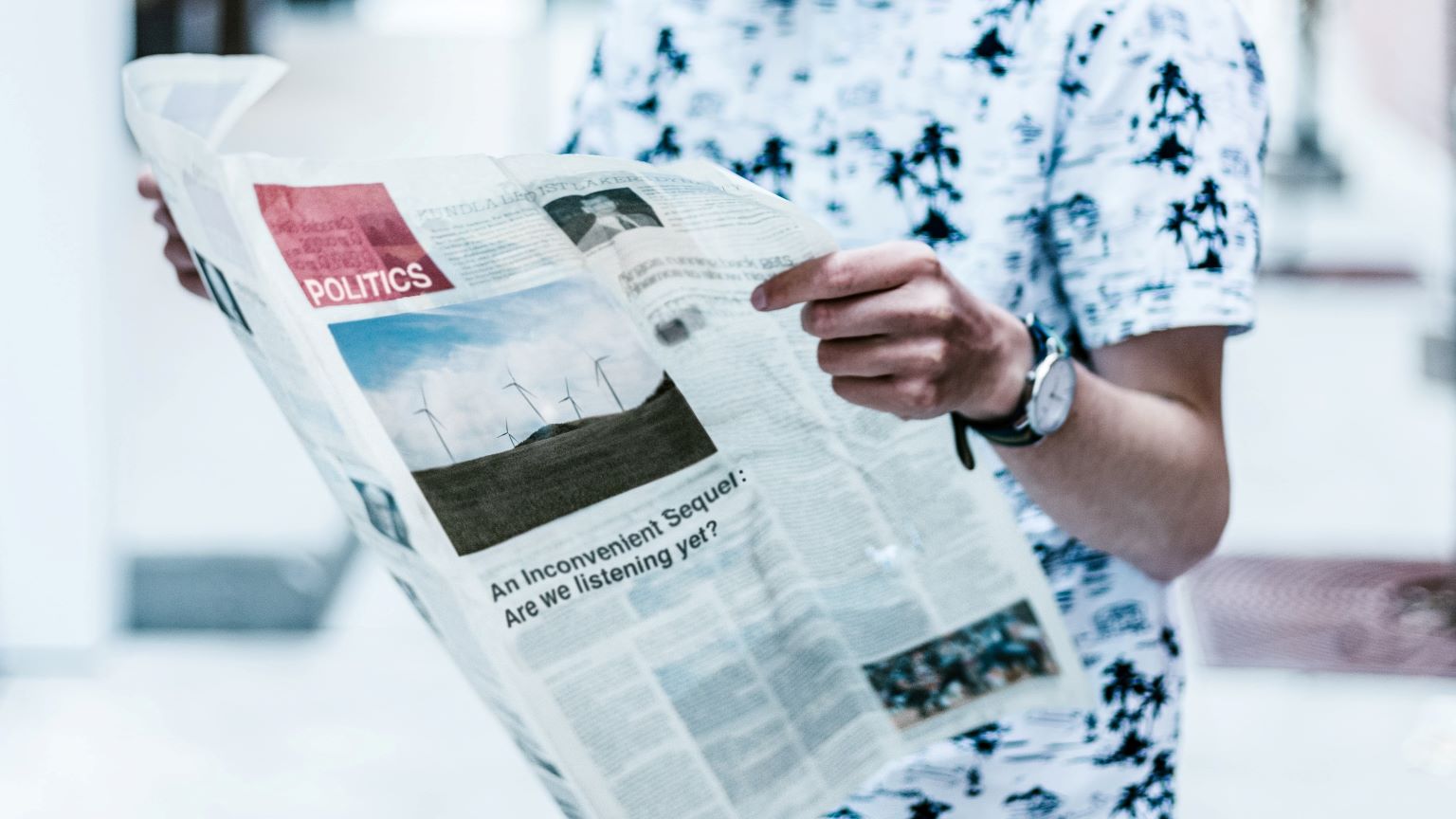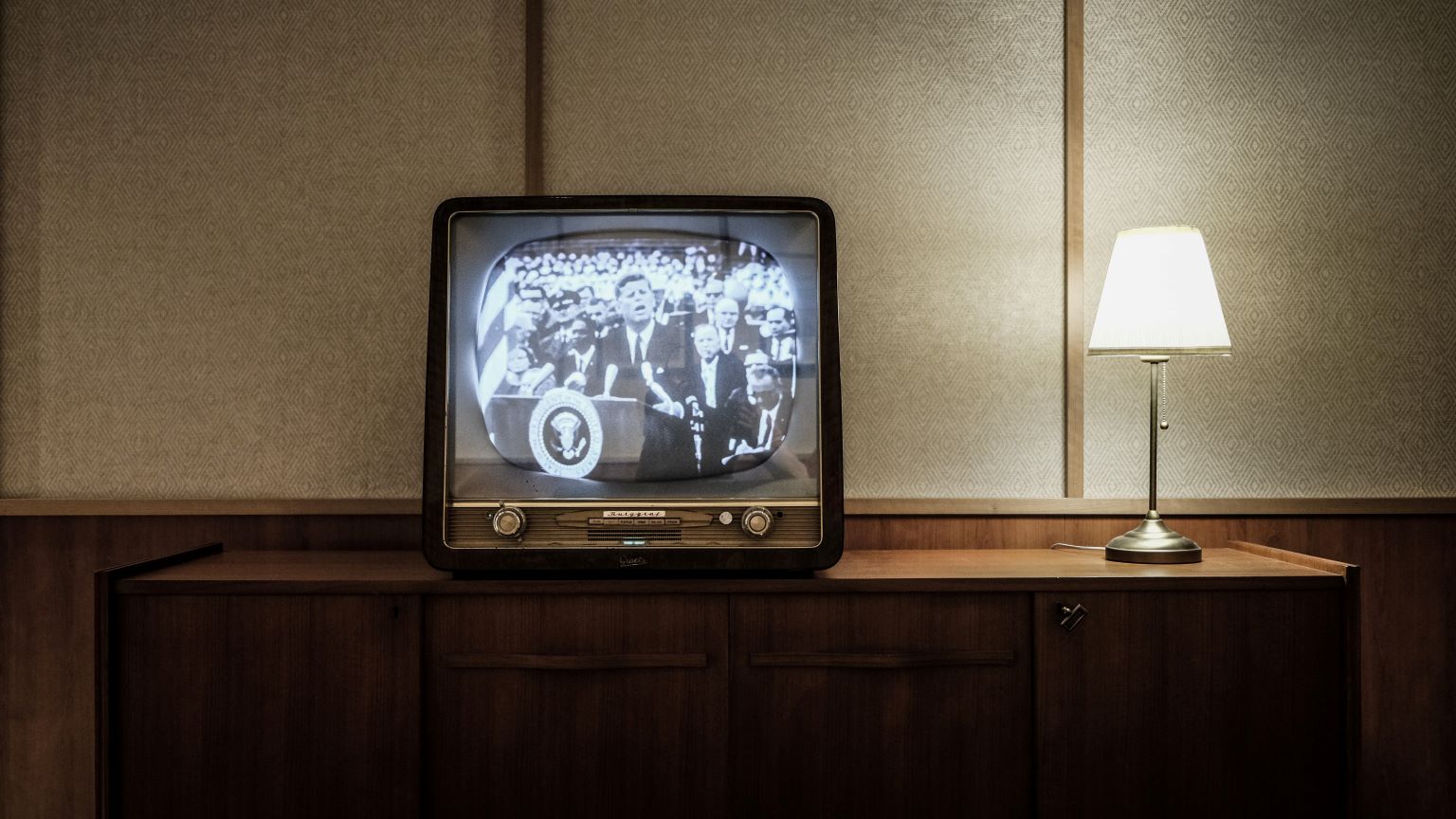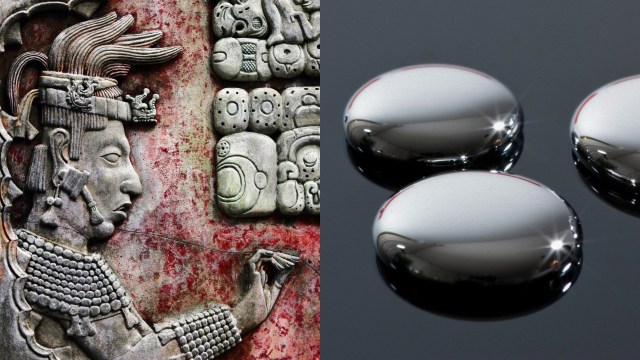5 rules for how to read the news — the Big Think way

- Today’s news cycle often aims to heighten emotions and urgency to keep consumers engaged longer.
- But that strategy combined with the firehose of content can make the news cycle stressful and emotionally draining.
- Strategic thinking can help us approach the news with specific (and healthy) goals in mind.
The modern news cycle can be a nightmare. Between social media and 24-hour news networks, there is always some breaking disaster, a crisis out of control, or an epidemic coming for you — yes, you! It feels as though we’re living on the knife’s edge of an apocalypse, and even if we happen to avoid this one, another eagerly awaits.
It’s stressful, daunting, and emotionally draining, and if you’re like me, you should probably quit the whole affair before your sanity is leached away. Except you can’t, can you? Because, for all its flaws, the news is necessary.
It keeps you informed about what’s happening in the world, how leaders are using their power, and what other people are doing to change the status quo. Shared among enough citizens, that information can be used to hold those in power accountable and generate grassroots support for promising new ideas and projects. It’s for this reason that fair, accurate, and objective journalism is considered a cornerstone of a free and democratic society.
But can we have our news without it eating our mental health, too? Yes, but we can no longer approach it as passive consumers.
Strategic thinking 101
Political analyst Ian Bremmer defines strategic thinking as, essentially, meta-thinking — that is, thinking about your thinking. It’s the process of stepping back from your worldview and questioning it deliberately. You consider how you created your worldview — for example, the role your upbringing, education, community, and lived experiences had in shaping who you are. But you then have to take it a step further and ask what information would change that worldview, why you prioritize information as you do, and whether those priorities still make sense today.
As Bremmer pointed out in an interview, this requires both openness and curiosity. You may discover that you are wrong about things. You may grow uncertain about life’s certainties and consider worldviews that make you uncomfortable. And that’s okay. Each of those steps is an indispensable part of truth seeking.
What does this have to do with the news? Well, one reason news coverage can be so emotionally draining is that it isn’t simply a source of facts. The emotional qualities of the stories covered can lead us to miscalculate risk, fear the future unnecessarily, and increase stress.
Part of that is simply because of the way our brains react to certain types of stories. We pay more attention to unpleasant events and give them a disproportionate amount of our mental bandwidth. News media companies are aware of this and manipulate that cognitive bias for clicks and ratings. In fact, a study published in PLOS One found that headlines geared toward negative emotions have increased 104% since 2000 for this reason.
Strategic thinking helps you engage with the news cycle without letting the media’s priorities pull at your emotions or worldview. “It is not responding to headlines. It’s not what CNN or Fox News wants to talk to me about on any given day. It is instead trying to think about where the world is heading,” Bremmer said.
Think before you news
Exercising strategic thinking allows you to assess what news you need rather than trying to cope with the daily glut. It also can help you determine the right amount of news content for you, so you can avoid doomscrolling your days away. Here are five tips to help you become a smarter news consumer.
#1. Ask strategic questions
Questions you can ask yourself to start thinking strategically about your news consumption include:
- What information do I need from the news specifically?
- Given that, what types of stories should I prioritize and why?
- What is the best way to get that information (print, TV, social media, and so forth)?
- When is the best time for me to engage and for how long?
- Are there any news habits I need to update or stop given these priorities?
- Where are my emotions being drained? Is it because the news is challenging my worldview, or am I being manipulated by this coverage?
#2. Avoid sports-like coverage
To keep people plugged in, news organizations often treat politics like sports — who’s up, who’s down, who’s winning, who’s losing. Election night coverage is just the most egregious example (since there’s literally a scoreboard), but nearly all political coverage takes the same tone. But politics isn’t a game; it has real-life consequences (though the media often greatly exaggerates them to scare you). All this serves to make news coverage more nerve-wracking and emotionally draining — akin to watching your favorite sports team lose. The strategic thinker avoids such “sportization” of the news.
#3. Look for macro patterns
Another way the news keeps us engaged is by reporting on the surprising, interesting, and threatening. After all, if it were the same old, same old, then it wouldn’t be news. However, because of how our minds prioritize negative information, our view of reality can be distorted if we conclude that one-off incidents are representative of macro trends.
Take airplane crashes. Many people fear flying because they can vividly recall frequent reporting of such incidents. But crashes are as rare as they are dramatic. The macro reality is that commercial flight is incredibly safe. Today, the annual global death rate is one death per 7.9 million passengers (compared to 170 deaths per million drivers in the U.S. alone).
The same is true for a host of other popular news topics. Frivolous lawsuits? Not as common as you would think. Shark attacks? Don’t give in to the Discovery Channel hype. Violent crime? While there has been an uptick during and after the COVID pandemic, it thankfully remains below historic norms.

#4. Suss out root causes and proximate outcomes
Similarly, frequent reporting of proximate outcomes can blind us to the root causes of events. For example, many Americans credit (or blame) the president for the country’s economic performance. However, presidents have little control over the economy for many, many reasons. Among them: Policies don’t bring about instant change, the federal government’s spending is a modest portion of the economy, and no country’s government (to say nothing of a single branch of one government) can control global trends.
The strategic thinker digs deeper to consider the reasons why something happened rather than assuming blame falls on the most convenient target. “Understanding the nature of the structural forces on an event, for me, is usually a good way to start trying to understand the nature of that crisis,” Bremmer said.
#5. Expand your worldview
Bremmer recommends reading multiple news sources. However, if you’re a regular Wall Street Journal reader, that doesn’t mean the occasional sampling of the New York Times will suffice. Doing that will likely confirm a worldview you already have — namely, the other side are morons. Instead, Bremmer suggests you find a “completely orthogonal” source. For Americans, that means looking abroad to see how other countries report on and express opinions on stories that are close to home.
“So you want to get away from what corporate media is giving you in the U.S. because that drives clicks that are relevant for them,” Bremmer said. “When you aren’t the client, you are the product. You want to be actively making consumer decisions where someone else is the product. That choice is a fundamentally hard thing to do in today’s environment.”
You should also look for news sources that prioritize fair, objective, facts-based reporting, such as Reuters, the Associated Press, and The Economist (or, dare we say it, Big Think and Freethink).
In time, news organizations may shift to prioritize healthy engagement with the news for society’s sake. But for now, the only way to get better news is for us to be smarter consumers.
Learn more on Big Think+
With a diverse library of lessons from the world’s biggest thinkers, Big Think+ helps businesses get smarter, faster. To access Ian Bremmer’s full class for your organization, request a demo.





